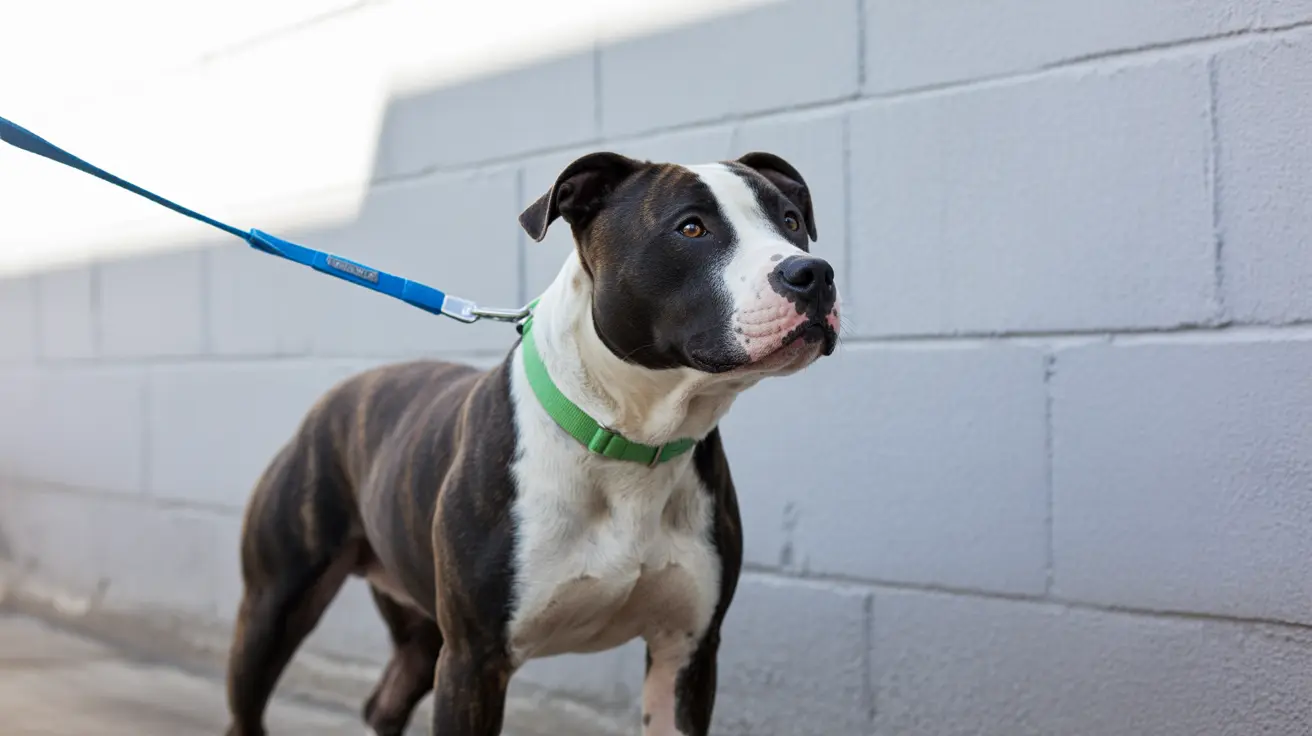Recognizing Fungal Infections on Dog Skin
Fungal infections in dogs are a common cause of skin irritations and can significantly affect your dog’s comfort and health. Two of the most typical fungal skin infections in dogs include yeast infections and ringworm. Understanding the appearance, causes, and treatment methods can help dog owners detect early signs and seek prompt veterinary care.
Appearance of Fungal Infections
Fungal infections manifest differently depending on the specific type. Here’s how you can recognize them:
- Yeast Infections: Typically affect moist areas like ears, paws, armpits, folds, and under the tail. Signs include greasy or flaky skin, a foul smell, itching, and black debris—especially around the nail beds. The skin may appear darker (hyperpigmented) and thickened. Dogs might lick or chew the affected areas excessively.
- Ringworm: Not actually a worm, but a fungal infection known as dermatophytosis. It presents as circular, scaly bald patches that may be red or grey and slightly inflamed. Unlike some other infections, ringworm may not itch as severely. The lesions often have a defined outer edge, and the condition can spread to other areas or pets—and even to humans.
Other Common Symptoms
- Persistent scratching, licking, or chewing
- Redness or inflammation
- Brittle or discolored nails (in nail bed infections)
- Musty, unpleasant odor from affected areas
- Darkened or thickened skin
- Oozing sores or discharge in advanced cases
Causes of Fungal Skin Infections
Fungal infections often occur when the normal balance of skin organisms is disrupted. Common triggers include:
- High humidity or moist environments
- Underlying allergies (food or environmental)
- Weakened immune system
- Poor grooming habits
- Contamination from other infected animals or surfaces
Diagnosis of Fungal Infections
Veterinarians can usually diagnose fungal infections through a combination of physical examination and diagnostic tests. These may include:
- Skin scrapings or cytological exams under a microscope
- Fungal cultures
- Wood’s lamp examination (especially for ringworm)
- Biopsy in severe or non-responsive cases
Treatment Options
Successful treatment depends on accurate diagnosis and consistent care. The primary treatments include:
- Medicated Shampoos: Antifungal shampoos containing ingredients like miconazole or chlorhexidine help reduce fungal load and soothe skin.
- Topical Treatments: Antifungal creams or sprays can be applied directly on affected areas.
- Oral Medications: In more severe or widespread cases, oral antifungal drugs may be prescribed.
- Maintaining Clean Environment: Regular disinfection of bedding, grooming tools, and home environments is essential, especially for ringworm cases.
- Treating Underlying Causes: Address allergies or immune deficiencies that may contribute to recurrent infections.
Prevention and Home Care
- Keep your dog dry and well-groomed
- Promptly address any signs of skin irritation or infection
- Use vet-approved flea and tick preventatives
- Avoid exposure to known infected animals
- Visit the vet regularly, especially if your dog has a history of skin problems
When to See the Vet
While some mild fungal infections can respond to over-the-counter treatments, it’s best to consult a veterinarian if:
- Symptoms persist or worsen
- New symptoms such as oozing or spreading appear
- The dog experiences significant discomfort or behavioral changes
- Other pets or family members show signs of infection (especially with ringworm)
Conclusion
Recognizing the signs of fungal skin infections in dogs—such as greasy, flaky skin, odor, and balding circular lesions—can enable timely treatment and prevent further complications. Maintaining a clean environment, managing allergies, and seeking veterinary advice when needed are all critical steps in keeping your dog’s skin healthy and comfortable.





